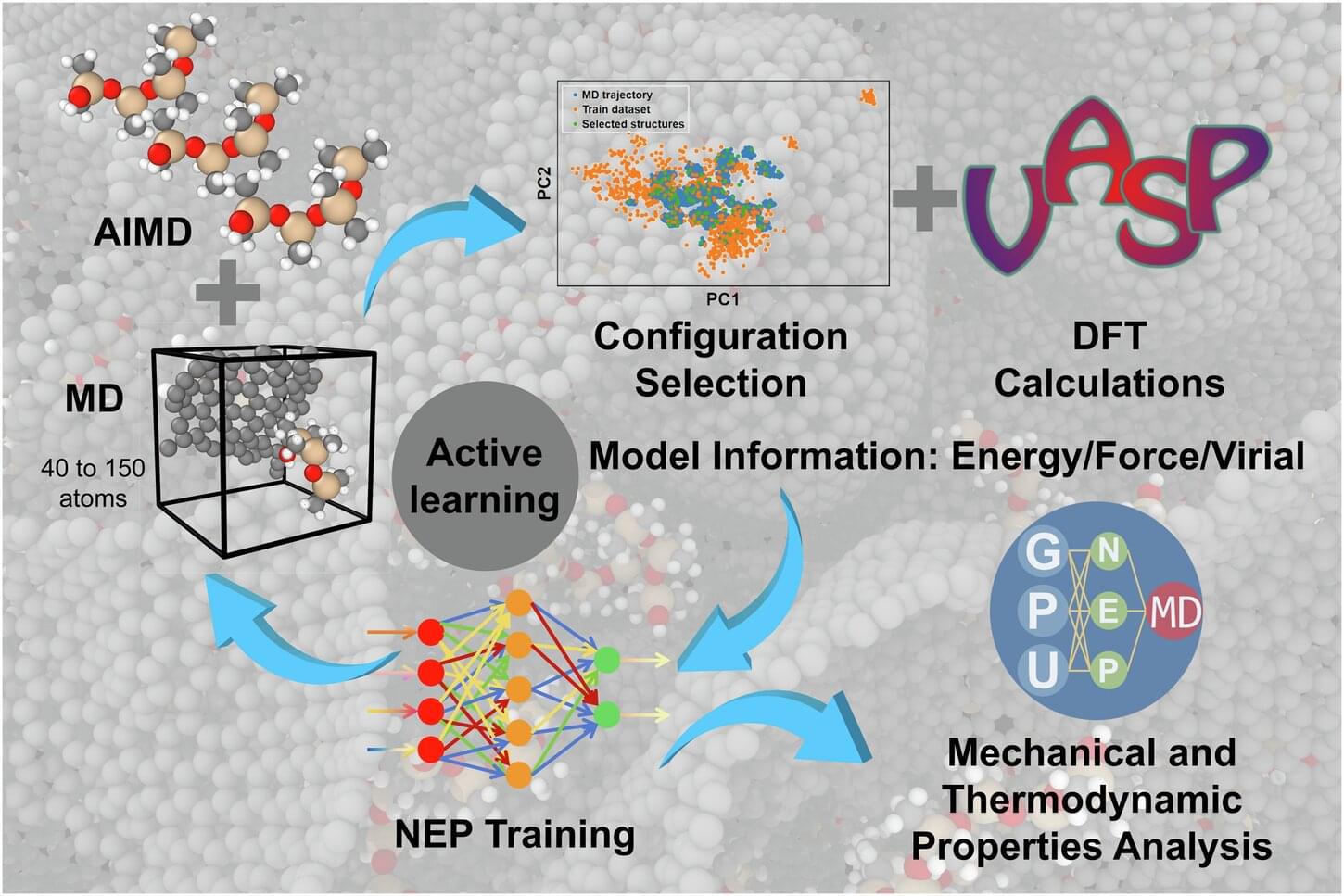Google’s Gemma AI helped discover a drug combo that makes tumors immune-visible, marking a milestone for AI-driven biology.



Join Adam Perella and I at the Schellman AI Summit on November 18th, 2025 at Schellman HQ in Tampa Florida.
Your AI doesn’t just use data; it consumes it like a hungry teenager at a buffet.
This creates a problem when the same AI system operating across multiple regulatory jurisdictions is subject to conflicting legal requirements. Imagine your organization trains your AI in California, deploys it in Dublin, and serves users globally.
This means that you operate in multiple jurisdictions, each demanding different regulatory requirements from your organization.
Welcome to the fragmentation of cross-border AI governance, where over 1,000 state AI bills introduced in 2025 meet the EU’s comprehensive regulatory framework, creating headaches for businesses operating internationally.
As compliance and attestation leaders, we’re well-positioned to offer advice on how to face this challenge as you establish your AI governance roadmap.
Cross-border AI accountability isn’t going away; it’s only accelerating. The companies that thrive will be those that treat regulatory complexity as a competitive advantage, not a compliance burden.

Microrobots, small robotic systems that are less than 1 centimeter (cm) in size, could tackle some real-world tasks that cannot be completed by bigger robots. For instance, they could be used to monitor confined spaces and remote natural environments, to deliver drugs or to diagnose diseases or other medical conditions.
Researchers at Seoul National University recently introduced new modular and durable microrobots that can adapt to their surroundings, effectively navigating a range of environments. These tiny robots, introduced in a paper published in Advanced Materials, can be fabricated using 3D printing technology.
“Microrobots, with their insect-like size, are expected to make contributions in fields where conventional robots have struggled to operate,” Won Jun Song, first author of the paper, told Tech Xplore. “However, most microrobots developed to date have been highly specialized, tailored for very specific purposes, making them difficult to deploy across diverse environments and applications. Our goal was to present a new approach toward creating general-purpose microrobots.”

Manufacturing better batteries, faster electronics, and more effective pharmaceuticals depends on the discovery of new materials and the verification of their quality. Artificial intelligence is helping with the former, with tools that comb through catalogs of materials to quickly tag promising candidates.
But once a material is made, verifying its quality still involves scanning it with specialized instruments to validate its performance — an expensive and time-consuming step that can hold up the development and distribution of new technologies.
Now, a new AI tool developed by MIT engineers could help clear the quality-control bottleneck, offering a faster and cheaper option for certain materials-driven industries.

TSMC plans to scale up its operations in America at a rapid pace, as announced during the recent earnings call, including the acquisition of a second piece of land to expand the Arizona fabs.
The Taiwan giant is currently witnessing extraordinary demand for its chip production in the US, mainly driven by AI and how clients like NVIDIA, AMD, and Apple are pursuing manufacturing in America. TSMC is the primary supplier of cutting-edge semiconductors in the US, with the Arizona facilities mass-producing the 4nm process at the time of reporting. However, at the Q3 earnings call, TSMC’s CEO expressed the intention to bring N2 and beyond technologies to the US, and also announced plans to secure a second piece of land to expand the Arizona facilities.
We are making tangible progress and executing well to our plan. In addition, we are preparing to upgrade our technologies faster to N2 and more advanced process technologies in Arizona, given the strong AI related demand from our customers.


A study led by Sylvester Comprehensive Cancer Center, part of University of Miami Miller School of Medicine (FL, USA) seeks to understand how AI can improve breast cancer screening. The Pragmatic Randomized Trial of Artificial Intelligence for Screening Mammography (PRISM) trial will examine hundreds of thousands of mammograms to “assess AI’s true impact”
Despite huge investments in research, breast cancer remains a leading cause of mortality in US women. Routine mammography has increased the diagnosis of early-stage cancer, but the increased incidence of false positives can lead to unnecessary testing, anxiety and higher costs.
“As the first major randomized trial of AI in breast cancer screening in the US, this study represents a pivotal step,” commented Jose Net, University of Miami Miller School of Medicine and co-principal investigator of the study. “Our goal is to rigorously and objectively assess AI’s impact, identifying who benefits and who may not.”
Discover how Artificial Intelligence in Cancer Drug Discovery accelerates target identification, drug design, biomarkers, and clinical trials.


The program seeks new kinds of cognitive radio techniques that enable wireless communications that autonomously find open radio frequencies and choose the most efficient RF waveform to avoid interference, achieve necessary range, and send data quickly.
Intelligent RF transceivers
Cognitive radio describes an RF transceiver that intelligently can detect which communication channels are in use, which ones are not, and instantly move into vacant channels. The same principles could apply to radar, electronic warfare (EW) and other RF and microwave applications.